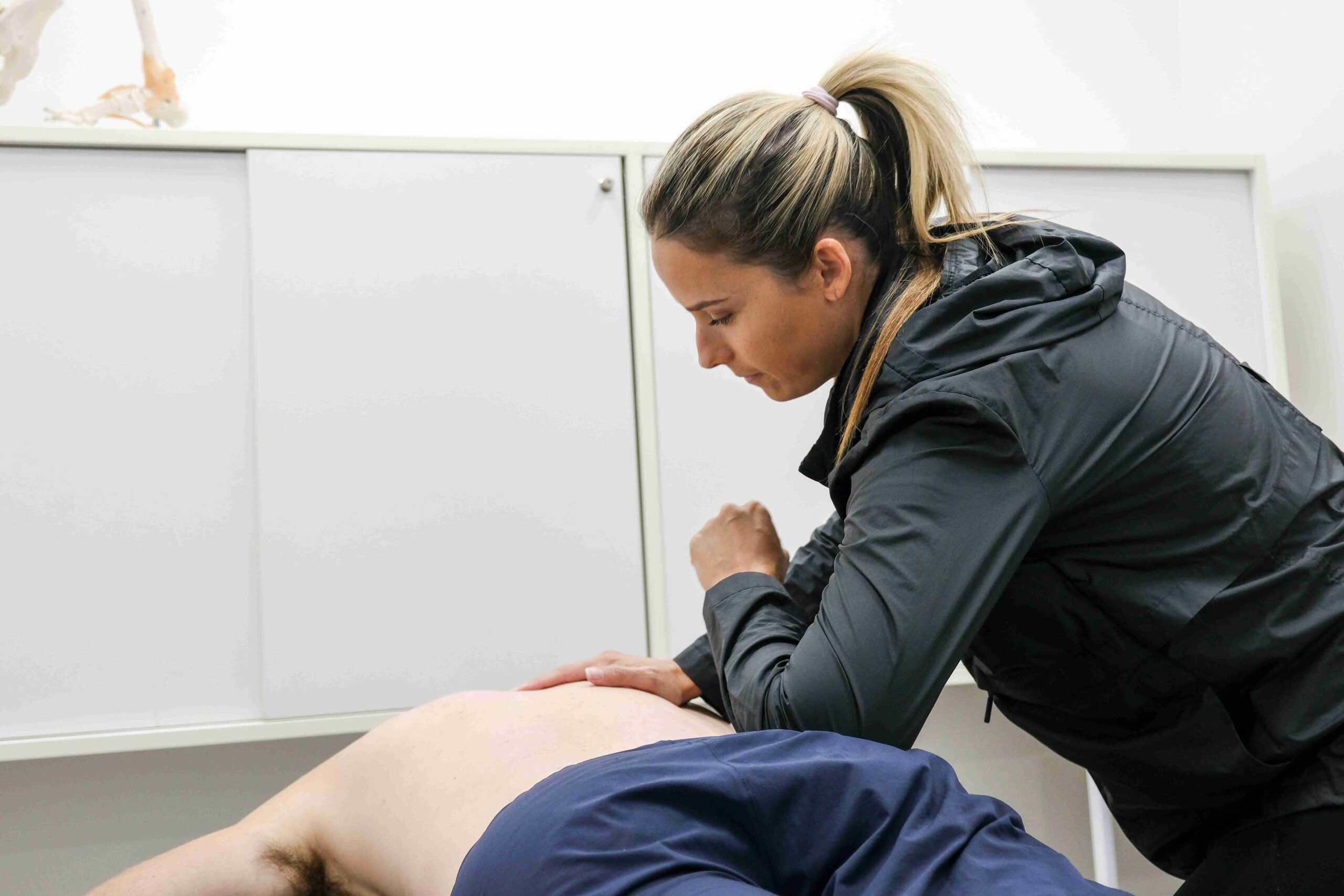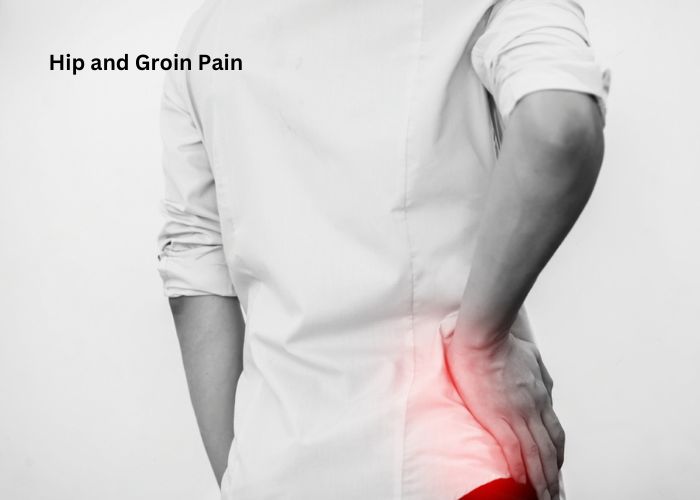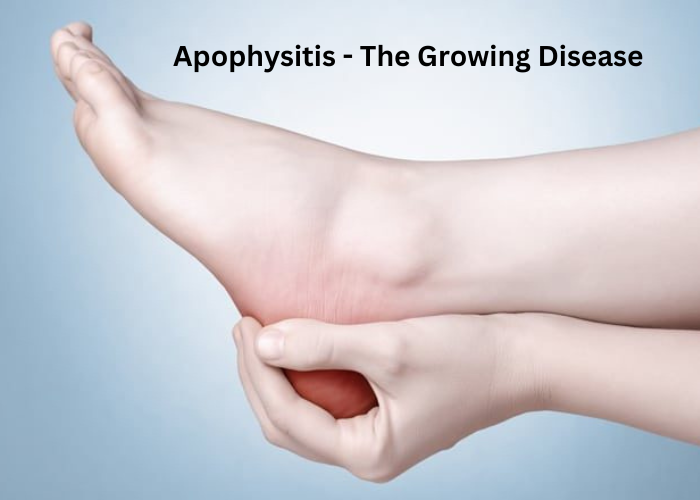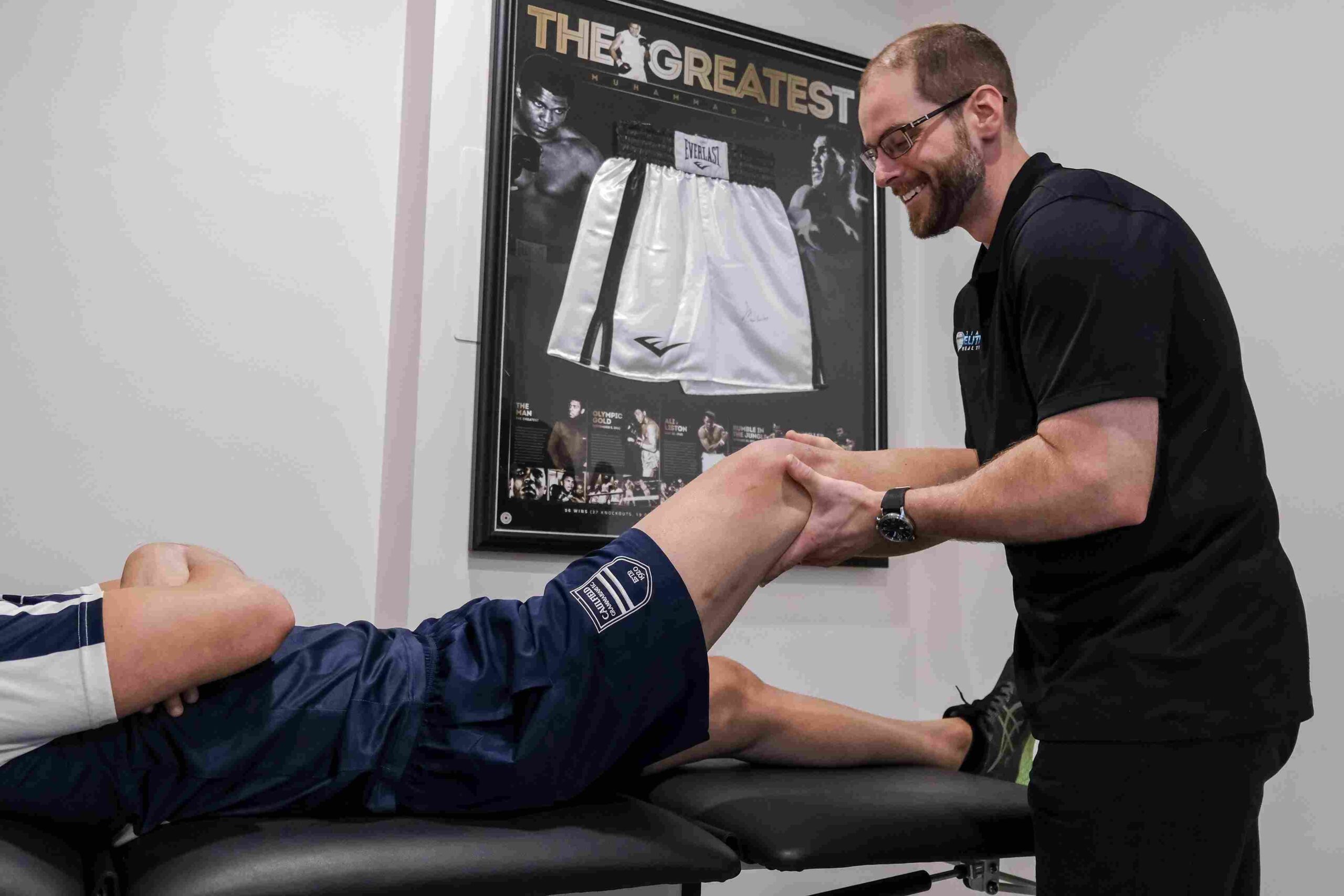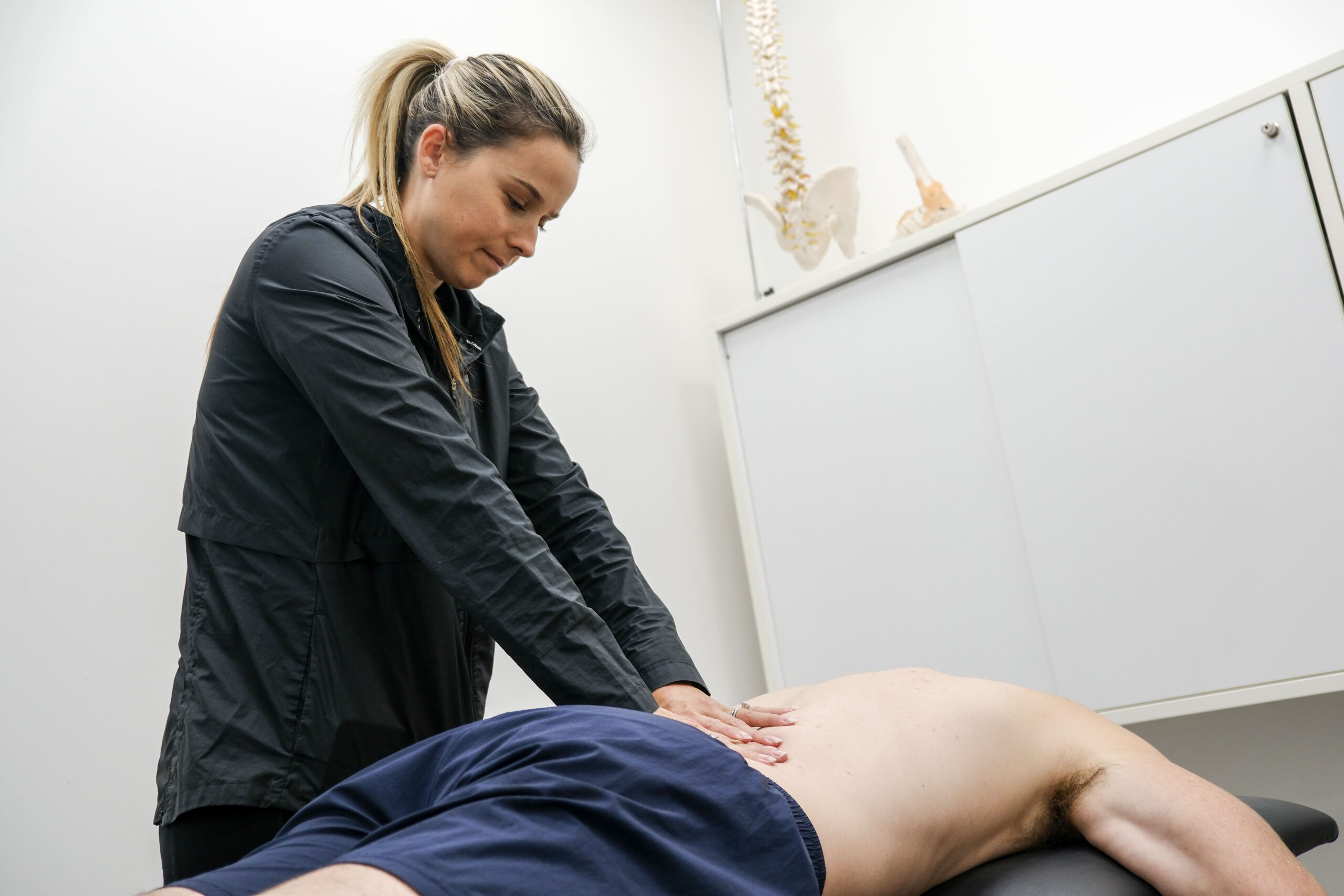-
Shoulder Pain and Dysfunction. A Deep Dive Into Shoulder Pain.
Shoulder pain is a very common and debilitating issue that affects people of all ages and backgrounds and most of the time in multiple stages throughout life. The shoulder is...Read More -
Hip and Groin Pain – Exploring FAI and Dysplasia. Two Common Causes
Hip and groin pain can be debilitating, affecting one's quality of life and mobility. Two very common conditions associated with this discomfort are Femoroacetabular Impingement (FAI) and Hip Dysplasia (DDH)....Read More -
The Benefits of Sports and Recreational Activities for Adolescent Development
It is well known across the globe that there are a multitude of benefits of living an active lifestyle, in today’s blog we will be highlighting the benefits of sports,...Read More -
Understanding the Science behind Hot and Cold Therapy
Hot and cold therapy has been used throughout the sporting world as a widely recognised tool for managing muscle soreness, inflammation and overall recovery post exercise and sport activity. Hot...Read More -
Apophysitis – The Growing Disease
What is it? Why does it Occur? Apophysitis, also known as an apophyseal injury, is a condition that primarily affects children and adolescents, especially those who are involved in sports...Read More -
5 Common Sporting Injuries of the Lower Body and How to Prevent Them
Ankle sprain Ankle sprains, or “rolled ankles” are very common injuries in football, soccer, basketball and netball. Sprains occur when the ligaments of the ankle are put under tension with...Read More -
5 common sporting injuries of the upper body and how to prevent them
Australians are known for their love of sport, with approximately 41% of us participating in sport related activities at least once per week (Australian Sports Commission, 2022). Regular sporting involvement...Read More -
The Importance of Physiotherapy in Sports Performance and Injury Prevention
There is a common belief that higher training loads are associated with higher injury rates, however there is evidence which supports physiotherapy and strength training as a protective factor against...Read More
-

Our Location
456 Hampton St, Hampton VIC 3188 -

Call Us
Call: (03) 9597 0285
-

Our Location
456 Hampton St, Hampton VIC 3188 -

Call Us
Call: (03) 9597 0285
-

Our Location
456 Hampton St, Hampton VIC 3188 -

Call Us
Call: (03) 9597 0285

